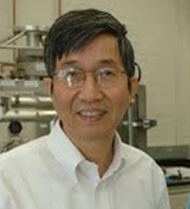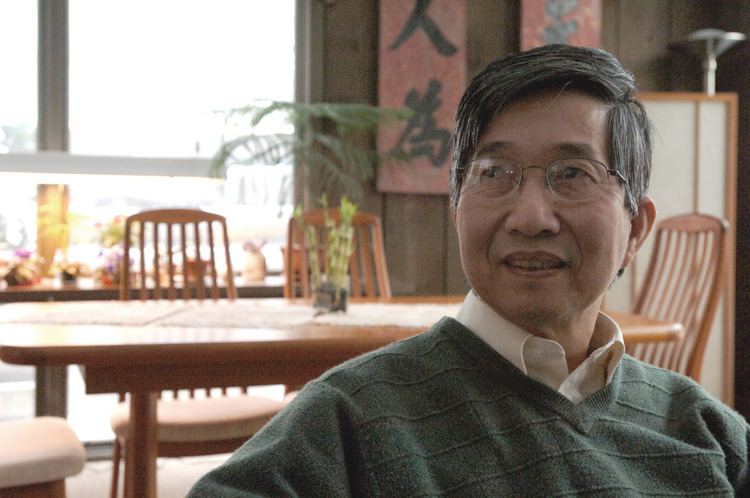Citizenship United States Role Chemist Nationality United States Notable awards Nick Holonyak | Awards Wolf Prize in Chemistry Name Ching Tang | |
 | ||
Born July 23, 1947 (age 78)
Yuen Long, British Hong Kong ( 1947-07-23 ) Institutions University of Rochester
Hong Kong University of Science and Technology
Eastman Kodak Company Alma mater King's College, Hong Kong
University of British Columbia
Cornell University Known for His work on Organic LED and hetero-junction organic photovoltaic cell. Residence Rochester, New York, United States Education University of British Columbia, Cornell University Fields Physics, Chemistry, Chemical Engineering | ||
Doctoral advisor Andreas C. Albrecht | ||
LG OLED TV Интервью - Dr. Ching W. Tang
Ching W. Tang (Chinese: 鄧青雲; pinyin: Dèng Qīngyún) is a Hong Kong-born American physical chemist. He was born in Yuen Long, Hong Kong in 1947. Tang currently is the Doris Johns Cherry Professor in the Chemical Engineering Department, University of Rochester. He also has joint appointments in the Department of Chemistry and the Department of Physics and Astronomy. Tang has joined HKUST Jockey Club Institute for Advanced Study of the Hong Kong University of Science and Technology as the IAS Bank of East Asia Professor since September 2013.
Contents

Biography

A Hakka, Tang attended secondary school at Yuen Long Public Secondary School in Hong Kong and later received his senior high school education at King's College. Tang moved to Canada afterward and years later graduated with a BS in chemistry from the University of British Columbia. He subsequently earned his PhD in physical chemistry from Cornell University, New York, USA in 1975. He joined Eastman Kodak in 1975 as a Research Scientist, was promoted to Senior Research Scientist in 1981, to Research Associate in 1990, and to Senior Research Associate in 1998. In 2003 he was named Distinguished Fellow of the Kodak Research Laboratories, Eastman Kodak Company. In 2006 he joined the University of Rochester as the Doris Johns Cherry Professor.
Tang is the inventor of several groundbreaking electronic devices, including the organic light-emitting diode (OLED), and the hetero-junction organic photovoltaic cell (OPV). Efficient OLEDs of small molecules were first developed by Tang at the research department of Eastman Kodak Company in the 1970s. Tang is widely recognized as one of the leaders in the organic electronic industry and in photovoltaics. Tang was elected to the National Academy of Engineering in 2006 for "the invention of the organic light-emitting device and organic bilayer solar cell, the bases of modern organic electronics".
In addition to his pioneer research on the OLED and OPV, Tang made a number of critical innovations resulting in the commercialization of a new flat-panel display technology. These innovations include "the development of robust transport and luminescent materials, improved device architectures, novel color pixilation methods, and fabrication processes for the manufacture of passive-matrix OLED displays; and the adaptation of active-matrix backplane technology for high-definition OLED displays".
On 15 February 2011, Tang was awarded the Wolf Prize in Chemistry. He shared the prize with Professor Stuart A. Rice of the University of Chicago, and Professor Krzysztof Matyjaszewski of Carnegie Mellon University. The official citation for the three professors from the Wolf Foundation reads: "For deep creative contributions to the chemical sciences in the field of synthesis, properties and an understanding of organic materials; for exploring the nature of organic solids and their energy profiles, structure and dynamics and for creating new ways to make organic materials, ranging from polymers, to organic-based devices that capture energy from the sun, and light our way in the dark; and for groundbreaking conceptual and experimental advances that have helped to create the research field of organic materials."
On 5 December 2015, Tang was elected as the founding member of the Academy of Science of Hong Kong.
Memberships
Awards
Honorary Titles
grand fan de Lorenzo
